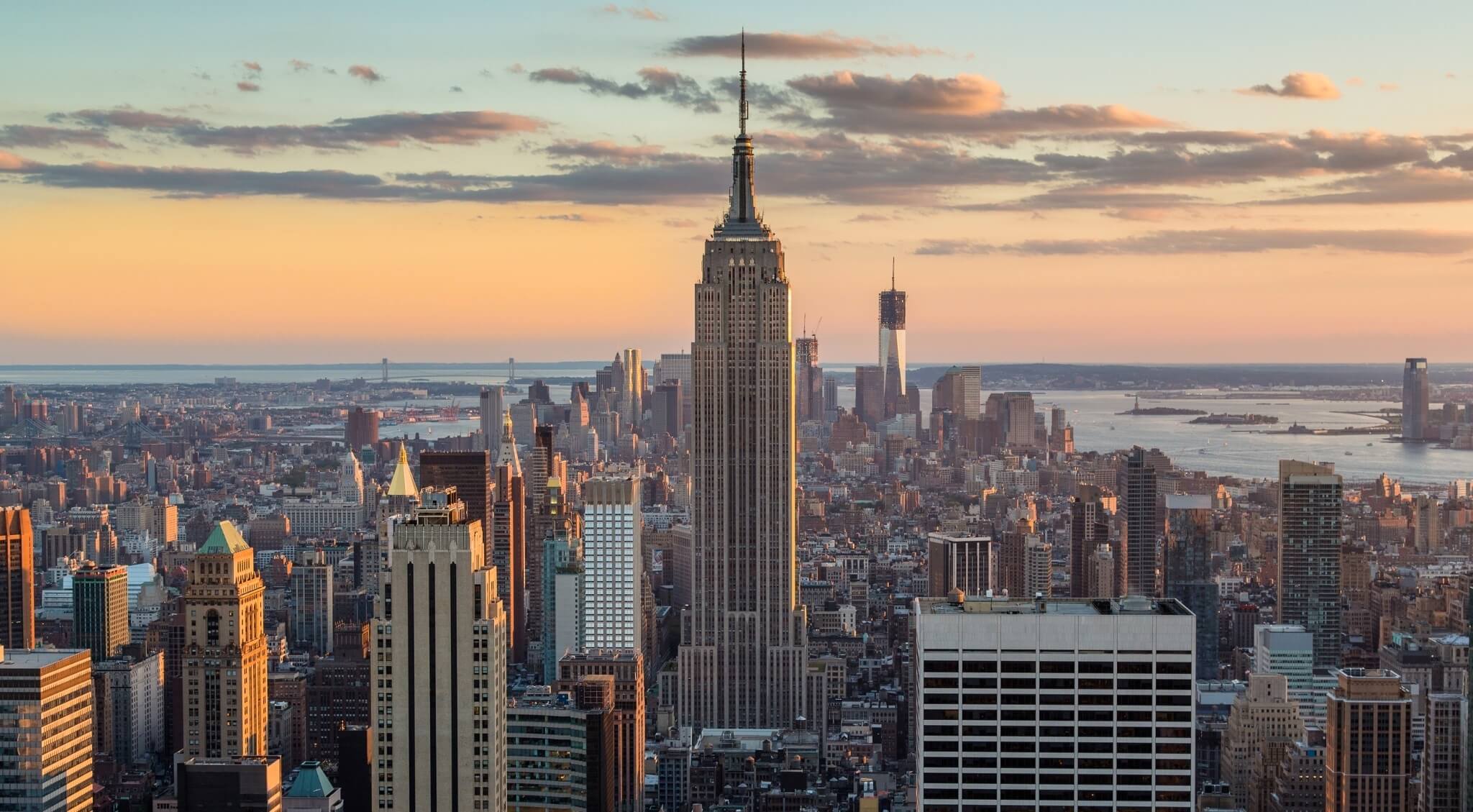 According to reports, the NYC real estate market, particularly the luxury condo developments in Manhattan, are stalling. In fact, properties are apparently sitting on the market longer, while banks reevaluate their approach to construction lending and industry experts question the health of the high-end market, as well as its impact on the greater real estate market of New York City. However, no matter how many challenges there are, the Manhattan real estate market outperforms other markets.
According to reports, the NYC real estate market, particularly the luxury condo developments in Manhattan, are stalling. In fact, properties are apparently sitting on the market longer, while banks reevaluate their approach to construction lending and industry experts question the health of the high-end market, as well as its impact on the greater real estate market of New York City. However, no matter how many challenges there are, the Manhattan real estate market outperforms other markets.
Ari Harkov, a writer for NY Daily News, recently sat down with David Amirian, CEO of the Amirian Group and a prolific young developer, to inquire about the state of New York City real estate. Amirian communicated that there are more people looking to sell development sites today than any other point in recent history. Nonetheless, developers and sponsors are experiencing difficulty when it comes to raising debt and equity financing. This ultimately impacts the market.
“I believe there will be a slow growth in new ground-up development and conversions because of the financing market and the velocity in which new development apartments are being sold,” said Amirian. “Lending for new, luxury condominium projects has either slowed tremendously or stopped completely in some areas of the city. It does not exist. Period. End of story.”
Development costs have increased by nearly 20 percent annually, which has put a strain on the market. This has impacted contracts and operations, which means that lenders and investors are more able to dismiss a developer if budgets and deadlines aren’t met. Brisk real estate growth has begun to taper off and is the lowest that it’s been in three years, according to a StreetEasy Market Report. With that said, New York’s investment prospects, particularly long-term investments, continue to outshine other markets.
“The Manhattan market is highly influenced by what happens in global markets,” said Alan Lightfeldt, a data scientist at StreetEasy. “Manhattan is seen as a safe real estate investment, so when there is heightened volatility in other markets, we typically see demand for New York luxury properties increase. Recent turmoil in China’s stock market, for example, caused an increase in Chinese demand for US-properties.”
Manhattan has seen 3.8 percent growth over the past 12 months, which is the lowest on record since September 2012. Because of a slowing market, offers tended to be closer to asking prices, and price cuts were smaller and far less common than in the past. In Q1 2015, 31.2 percent of Manhattan listings had a price cut, compared to just 27.6 percent of Manhattan in 2016.
We’re reminded by data that the overall Manhattan market may be faltering, but subsets of the market continue to boom. Upper Manhattan surged 9.7 percent, with much of that success occurring on the Upper West Side (5.7 percent). East Brooklyn, South Brooklyn and Prospect Park in Brooklyn also experience success. While Downtown Manhattan, the Upper East Side, and Midtown had rates below the average. Also, real estate throughout the nation has been experiencing fluctuations, it isn’t just Manhattan. Regardless, wealth projections show that a long-term interest in real estate is a safe one.
